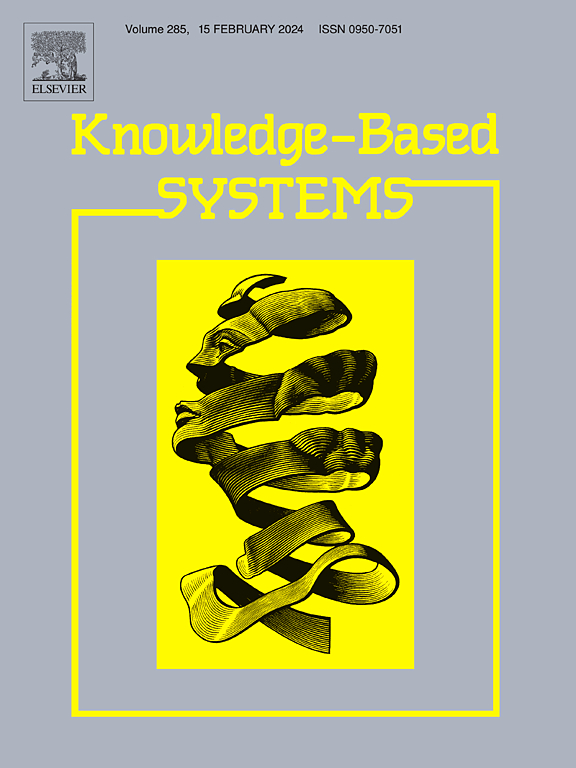PredVSD: Video saliency prediction based on conditional diffusion model
IF 7.2
1区 计算机科学
Q1 COMPUTER SCIENCE, ARTIFICIAL INTELLIGENCE
引用次数: 0
Abstract
Mainstream deep learning methods for video saliency prediction often use 3D CNNs or Vision Transformers as encoder–decoders, relying on task-specific loss functions to implicitly map input frames to saliency maps. However, these methods are limited by their capacity for salient feature expression. In this study, inspired by the recent advances of diffusion models in video processing tasks, we propose a Conditional Diffusion Model for Video Saliency Prediction (PredVSD), which leverages semantic video features and saliency-specific encodings as conditions to capture more representative saliency features from the target data distribution. To effectively integrate multi-scale visual features and saliency priors, we design an auxiliary network, Saliency-PyramidU-Net, allowing the denoising process to focus more on salient regions across the spatial–temporal plane. Extensive experiments confirm PredVSD’s strong performance across visual and audio-visual datasets.
PredVSD:基于条件扩散模型的视频显著性预测
视频显著性预测的主流深度学习方法通常使用3D cnn或Vision transformer作为编码器-解码器,依靠特定任务的损失函数将输入帧隐式映射到显著性图。然而,这些方法受到显著特征表达能力的限制。在本研究中,受扩散模型在视频处理任务中的最新进展的启发,我们提出了一个视频显著性预测的条件扩散模型(PredVSD),该模型利用语义视频特征和显著性特定编码作为条件,从目标数据分布中捕获更多具有代表性的显著性特征。为了有效地整合多尺度视觉特征和显著性先验,我们设计了一个辅助网络saliency - pyramidu - net,使去噪过程更加关注时空平面上的显著区域。大量的实验证实了PredVSD在视觉和视听数据集上的强大性能。
本文章由计算机程序翻译,如有差异,请以英文原文为准。
求助全文
约1分钟内获得全文
求助全文
来源期刊

Knowledge-Based Systems
工程技术-计算机:人工智能
CiteScore
14.80
自引率
12.50%
发文量
1245
审稿时长
7.8 months
期刊介绍:
Knowledge-Based Systems, an international and interdisciplinary journal in artificial intelligence, publishes original, innovative, and creative research results in the field. It focuses on knowledge-based and other artificial intelligence techniques-based systems. The journal aims to support human prediction and decision-making through data science and computation techniques, provide a balanced coverage of theory and practical study, and encourage the development and implementation of knowledge-based intelligence models, methods, systems, and software tools. Applications in business, government, education, engineering, and healthcare are emphasized.
 求助内容:
求助内容: 应助结果提醒方式:
应助结果提醒方式:


